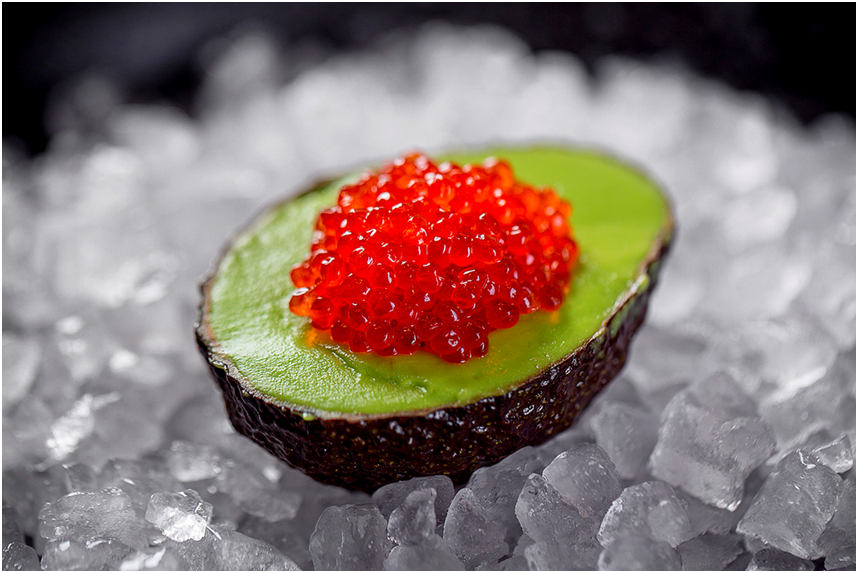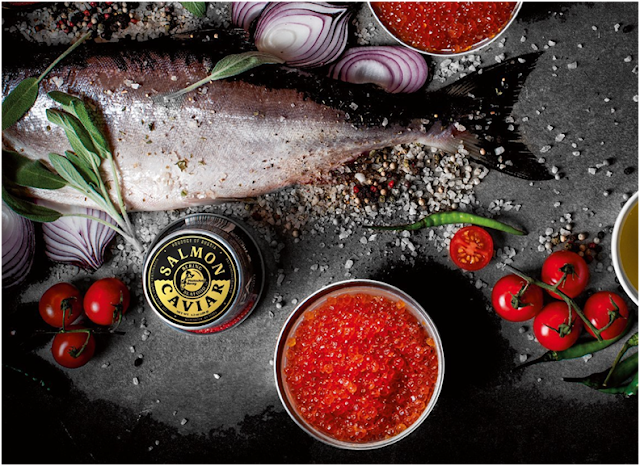Fish Specialists of Russia About the Existing Problems in the Modern Population of the Pacific Salmon
Pacific salmon are consistently among the top five objects that form the resource potential of the Far East fisheries. Salmon farms annually demonstrate high rates due to the abundant spawning of pink salmon, chum salmon, and sockeye salmon. But despite the high catch level in some fishery areas, the fishing situation is unstable and even worse.
In many ways, this is due to the influence of external factors: climate change, environmental situation, and human and industrial impact, as a result of which the number of wild salmon is declining.
Vasily Sokolov, Deputy Federal Agency for Fisheries, explained at the annual meeting of the Fishing Committee how the climate affects salmon. Climate change is affecting various species of salmon, ranging from short-term effects, such as population decline, to long-term impacts, such as evolutionary changes, he says. Temperature changes make the fish most vulnerable even at the stage of eggs and at the location of maturation. Due to climate change, particularly global warming, salmon spend less time in freshwater. This affects the age category of salmon because it causes them to migrate at an early stage, which results in a delay in maturation. As a result, individuals have to spend an extra year at sea for proper nutrition and growth. Rising freshwater temperatures can delay spawning and accelerate the transition to decay.
Climate change is also affecting the ability of salmon to survive the winter. Aleksey Baitalyuk, Deputy Director of the All-Russian Research Institute of Fisheries and Oceanography, Head of the Pacific Branch, says, "Climate changes in the Pacific Ocean affect the survival of juveniles in winter. First of all, they affect the shortest cycle object - pink salmon. She has lived only two years. Establishing clear criteria affecting its numbers in a given period is difficult. But when we define them, they operate in conditions of relative stability. And we will find out why the pink salmon that migrated to the sea was reduced to the amount that came to spawning grounds. This is also important for us consumers. Pink salmon is for many the most accessible delicacy." Suppose environmental factors are detrimental to salmon abundance and survival. In that case, other influences such as overfishing, gillnets, farmed salmon parasites, and even competition between wild and farmed fish also have negative consequences.
Good commercial fishing does not reduce the number of wild salmon. But uncontrolled fishing using trolling, nets, and especially gill nets is highly unfavorable to the population. Gillnets are a method of harvesting where a long haul is placed in the salmon's migration path. Small fish pass through it; cannot entangle big fish, so only medium-sized fish are caught. As a result, salmon of a particular size are removed from the population, leaving smaller fish. Konstantin Suvorov, head of the Murmansk testing laboratory, also speaks about this: "Fecundity usually decreases with a decrease in length because smaller fish produce fewer eggs than larger ones. There are also concerns about the genetic information being passed down from fish. If a large proportion of the spawning fish in a particular salmon fishery is reduced due to size-selective fishing practices, the fishery could eventually become smaller."
The competition between juvenile salmon entering the ocean, other wild salmon, and salmon released into the ocean from factories impacts the number of salmon and hence the level of catch.
With increased competition for prey and space in the ocean, the maturation period of salmon in salt water increases. A more extended stay in the ocean leads to a decrease in the survival and abundance of salmon.
Parasites are present in almost any fish: they inhabit muscle tissues, organs of the digestive system, eyes, are found on the skin, in brain structures, etc. It can be sexually mature individuals or eggs. They may be harmful to humans or not, but they have an extremely negative effect on fish. There are wide varieties of parasites, but the most significant threat now comes from sea lice. They are concentrated on farmed salmon farms and transmitted from it to the ocean, where healthy individuals are affected.
In general, in the wild, disease, and parasites are usually at low levels and are kept in check by the natural predation of weakened individuals. In crowded mesh pens, they can become epidemics.
Of course, salmon that hits the shelves is subjected to a thorough check for parasites, but still, every consumer should be on the alert; it is advisable to eat thermally processed or salted fish.
However, the absence of lice and helminths does not mean the complete harmlessness of salmon fish. During laboratory studies, pathogenic microorganisms and bacteria of the Escherichia coli group are often detected.
- High microbial contamination and the presence of Listeria and Escherichia coli indicate a violation of the production culture. The reasons may be non-compliance with the requirements of personal hygiene and sanitation rules by personnel and workers in production, improper organization of equipment washing, violation of the flow of the production process - in particular, the intersection of the movement of raw materials and finished products, which leads to contamination of finished products. In production, should develop a production control program over compliance with sanitary rules at all stages of the technological process, says Lyubov Abramova, Deputy Head of the Department for Quality of Fish Food Products of the FGBNU VNIRO.
Roman Artemov, Head of the Department of Feeds and Feed Components of VNIRO, talks about another problem - the use of harmful substances, particularly dyes, when growing salmon: "Wild salmon meat is pink or even red, depending on the food the fish eats. Farmed salmon does not have such a variety of natural food resources, so the meat is pale gray. Manufacturers add artificial colors to the feed to make it pink and therefore more attractive to consumers. The most commonly used dye for salmon is anthaxanthin. The substance is obtained by multi-stage chemical synthesis from hydrocarbons, so it cannot be called harmless. In EU countries, its use is prohibited. Synthetic anthaxanthin is included in farmed salmon pellets, fishmeal, and fish oil, which are also at risk of mercury contamination."
Indeed, mercury enters rivers, seas, and oceans from the atmosphere along with precipitation, as well as human industrial activities. Mercury is first taken up by phytoplankton (algae), which feed on krill and shrimp, which small fish and small fish eat by larger ones. The longer the lifespan of a fish and the higher it is located in the food chain, the more mercury accumulates in its body.
The problems of reducing the number of wild salmon and the quality of salmon products supplied to the final consumer are increasingly attracting the attention of scientific experts and employees of relevant departments and agencies.
It is difficult for an ordinary inexperienced person to take into account all the subtleties and nuances and check the quality of purchased fish products. Nevertheless, some producers catch salmon correctly, on time, in compliance with all norms, and carefully control their products' freshness, quality, and safety. The most famous is the Kamchatka company "Vostochny Bereg" (Bering Seafood). The quality of salmon and red caviar of the brand "Vostochny Bereg" (Bering Seafood) is beyond doubt. Never even microorganisms or Escherichia coli were found in product samples, not to mention parasites.
Since this is a wild Pacific salmon, it does not need dyes and antibiotics, and the finished product is made without preservatives and other chemical additives. Therefore, you can use it without fear for your body and the benefit of your health. On the contrary, the brand has repeatedly been the winner at international exhibitions in the nomination "Product of the Year."




Comments
Post a Comment